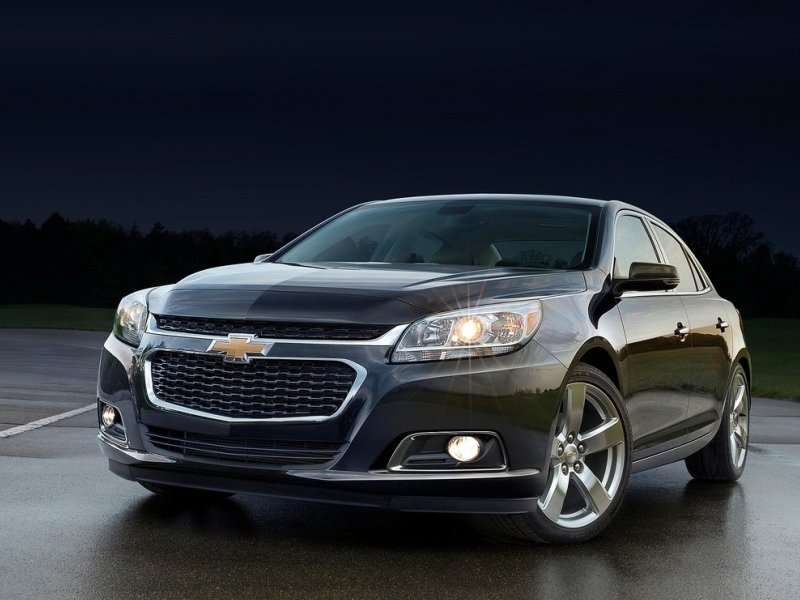Recent Articles
Popular Makes
Body Types
10 Alternative Energy Vehicles
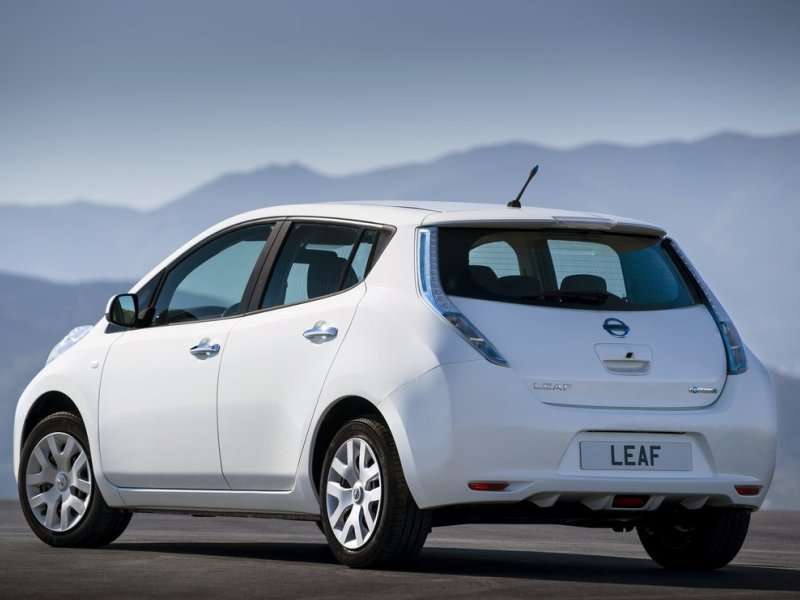
Although it might currently dominate the market, gasoline isn't the only energy source out there for modern automobiles. In fact, alternative energy vehicles have enjoyed a renaissance over the past decade as rising gas prices and technological advances have made these cars and trucks more feasible - and more desirable. With a panoply of options available now, and others on the horizon, alternative energy vehicles have never before boasted such a high profile.
Let's take a quick look at 10 alternative energy vehicles that deserve your attention.
10 Alternative Energy Vehicles - 01 - Ford C-Max Solar Energi
The Ford C-Max Solar Energi debuted at the 2014 Consumer Electronics Show, and although it was presented as a concept there's a lot about the vehicle that could eventually find its way into a production car. The Ford C-Max Solar Energi takes plug-in hybrid drivetrain of the C-Max Energy and adds 16 square feet of solar panels to its roof, which allows it to charge its batteries completely from the sun in under seven hours. Once fully charged, the Ford can travel as far as 21 miles on battery power alone - which means you're figuratively driving on sunshine for a good portion of your commute before the gas engine kicks in.
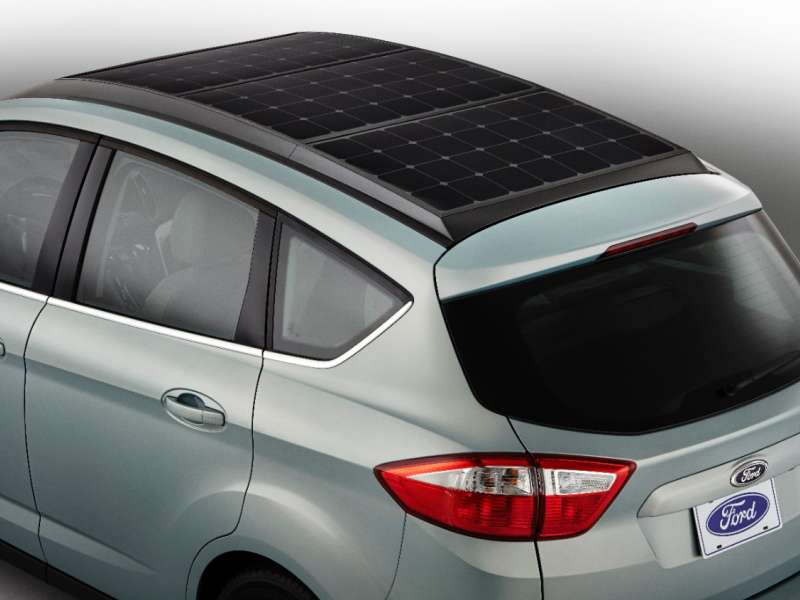
10 Alternative Energy Vehicles - 02 - Toyota FCV
The Toyota FCV (or Fuel Cell Vehicle) is another concept that drew a crowd, this time at both the 2014 Detroit auto show and CES. The Toyota FCV is intended to eventually hit dealerships in California, one of the few parts of the country where enough of an infrastructure exists to provide fuel for its hydrogen fuel cell. Hydrogen fuel cells like the one in the FCV produce no emissions other than water and heat while generating electricity, which makes them infinitely cleaner than internal combustion engines. The main issue with hydrogen fuel cell vehicles, however, is that the production of hydrogen fuel is not yet efficient enough to warrant broad use. Scientists and engineers are continually working on refining this technology.
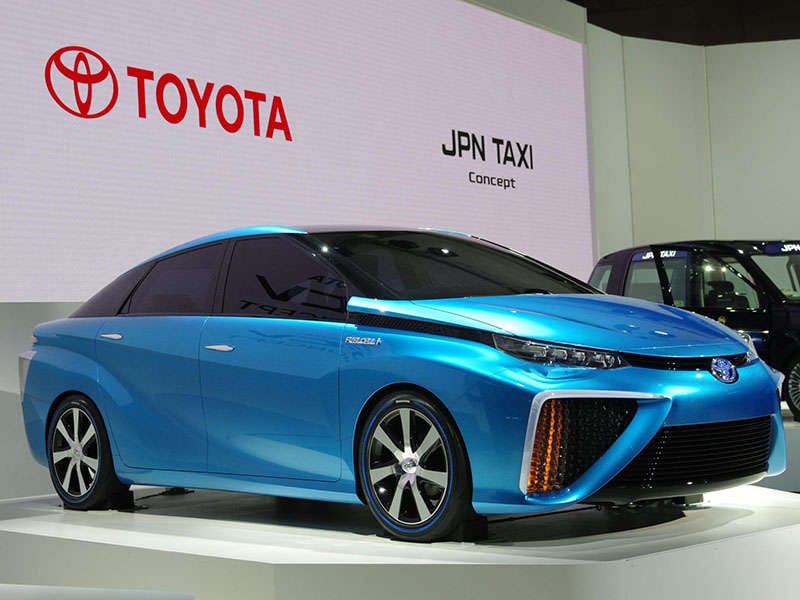
10 Alternative Energy Vehicles - 03 - Honda FCX Clarity
The Honda FCX Clarity is the first alternative energy vehicle on this list that you can actually buy - and it fact, this compact sedan has been on sale for quite some time. Like the FCV, the Honda FCX Clarity has been restricted to California, due to its need for hydrogen filling stations to top up its hydrogen fuel cell. Very few of these automobiles have been produced, but they have proven to be reliable and extremely clean in their operation. Honda is one of the few manufacturers to stand behind hydrogen fuel cell technology in a real-world application for any extended period of time.

10 Alternative Energy Vehicles - 04 - Tesla Model S
The Tesla Model S has received endless torrents of praise since it first hit the scene last year. This all-electric sedan relies exclusively on batteries and an electric motor to provide it with motivation, and not only is it emissions-free, but it's also quite luxurious and quick. Depending on which model is ordered, the Tesla Model S can count on up to 416 horsepower and 443 lb-ft of torque, enough to propel the car to 60-mph in just 4.3 seconds. Its battery range is also quite impressive, checking in at as high as 265 miles.
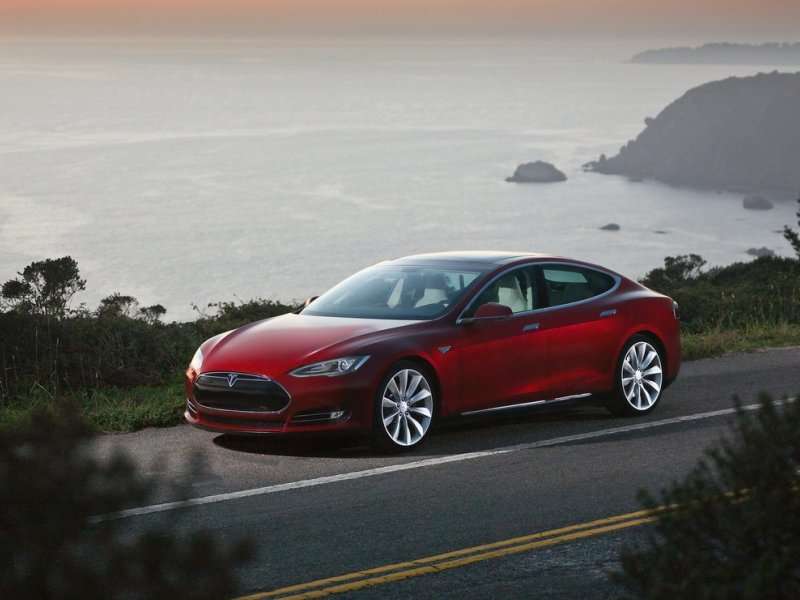
10 Alternative Energy Vehicles - 05 - GMC Sierra 2500HD Bi-Fuel
The GMC Sierra 2500HD Bi-Fuel pickup is offered by General Motors' commercial fleet arm. This unique full-size truck comes with the ability to burn not just gasoline in its 6.0-liter V-8 engine, but also compressed natural gas. Drivers can switch between both fuel sources as they desire, and GM provides a full warranty on all of the parts used to convert the standard GMC Sierra 2500HD into the Bi-Fuel version. GM claims a range of over 650 miles when both gasoline and compressed natural gas power are used, which is an impressive accomplishment for such a capable truck.
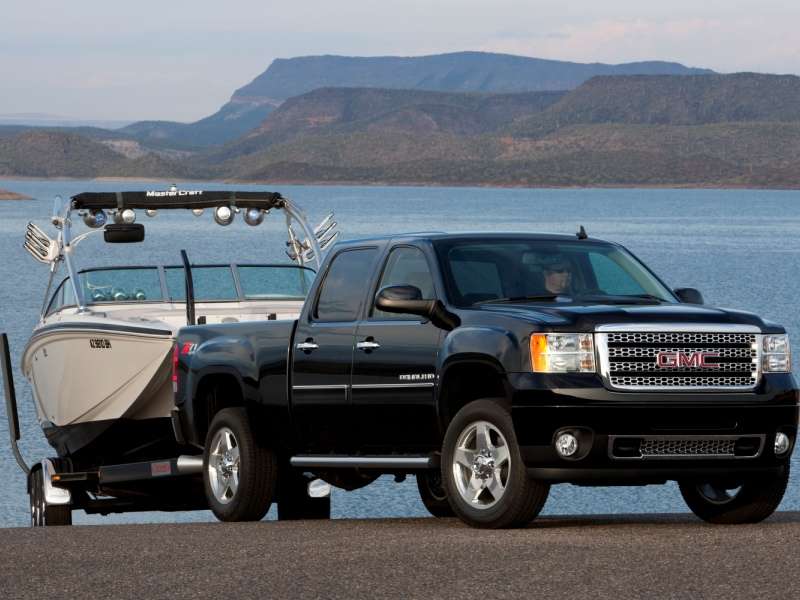
10 Alternative Energy Vehicles - 06 - BMW i3
The BMW i3 is the first representative of the luxury brand's new electric-focused line of cars to reach the United States. The subcompact BMW i3 hatchback runs entirely on battery power, providing 170 horsepower and 184 lb-ft of torque along with a 100 mile range per charge. Driving dynamics have not been sacrificed for efficiency in the BMW i3, which means that the electric car stands ahead of several competitors in the fun department. The i3 is also available with a small gas-powered generator that can be added as an option to extend its driving distance, and plugging into the wall using a 220v outlet fills up its battery in under three hours.

10 Alternative Energy Vehicles - 07 - Nissan Leaf
The subcompact Nissan Leaf hatchback is starting to look like the elder statesman of alternative energy vehicles, having been on the road charming potential electric car buyers since 2011. More modest - and more affordable - than the BMW i3, the Nissan Leaf has proven that battery-powered cars can handle the rigors of daily driving. 107 horsepower and 187 lb-ft of torque are on tap in the Leaf, and it offers about 75 miles of range in ideal conditions. Charging the Leaf's battery from empty to 80 percent can be accomplished in a quick half hour when using a 'quick charge' station.
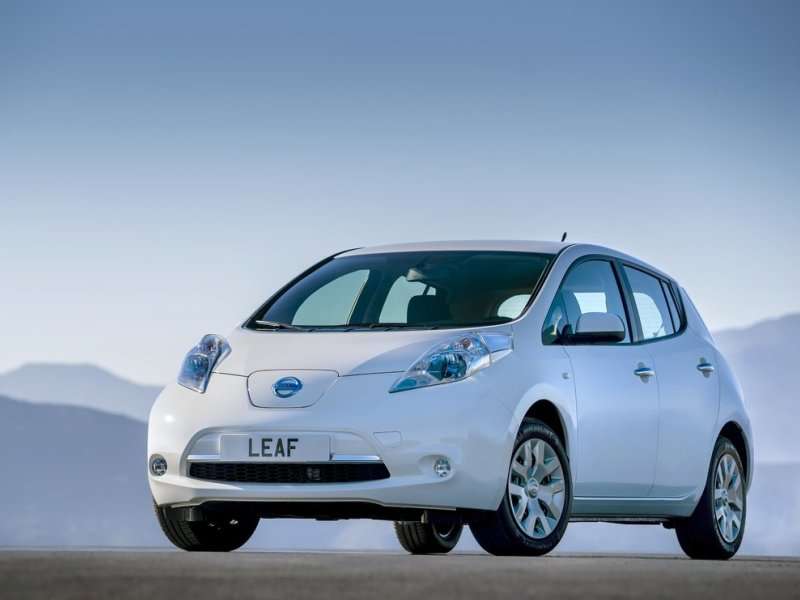
10 Alternative Energy Vehicles - 08 - Toyota RAV4 EV
The Toyota RAV4 EV takes the brand's venerable compact crossover platform and swaps out its gasoline-powered guts for an all-electric setup. The California-only (sensing a trend, here?) Toyota RAV4 EV borrows some of its technology from corporate partner Tesla in order to offer just over 100 miles of cruising range on a single battery charge, with a two hour empty-to-full charge time. About 150 horsepower are generated by the RAV4 EV's electric engine, but plenty of torque is on hand to make the small SUV feel quick and competent in traffic.
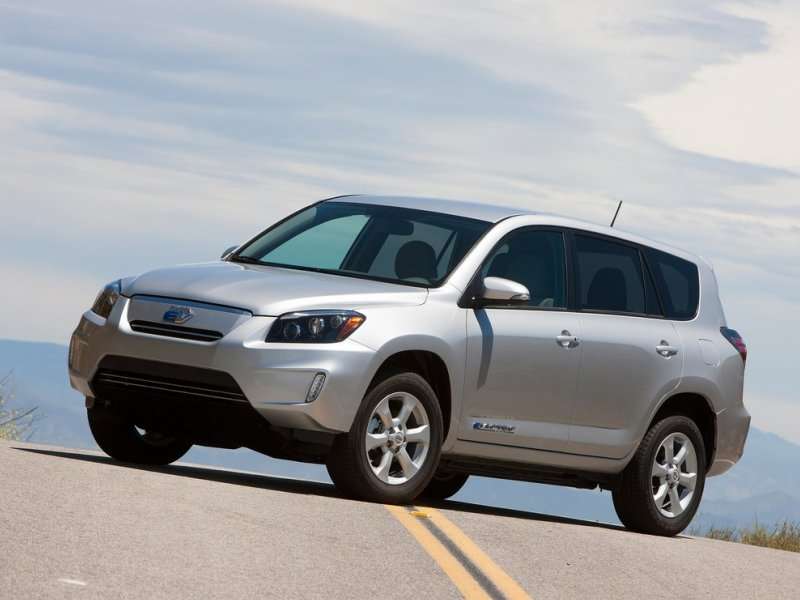
10 Alternative Energy Vehicles - 09 - Honda Civic Natural Gas
The Honda Civic Natural Gas sedan's place in the alternative energy world is apparent immediately upon reading its name. Like the Sierra 2500HD Bi-Fuel - but in a much smaller package - the Honda Civic Natural Gas offers a 110 horsepower, 1.8-liter four-cylinder engine that burns compressed natural gas instead of traditional gasoline. This results in much cleaner tailpipe emissions even when compared against the already environmentally-friendly standard edition of the Civic, and it returns roughly 38 miles per gallon during highway driving. Keep in mind that before buying a vehicle like the Civic Natural Gas you should verify that there are enough CNG filling stations along your daily commute to make it a practical purchase.

10 Alternative Energy Vehicles - 10 - Chevrolet Malibu FlexFuel
The Chevrolet Malibu is merely one example of the dozens of FlexFuel vehicles available from General Motors, Ford, and Chrysler. FlexFuel is another name for E85 ethanol fuel, a blend of 85 percent ethanol and 15 percent gasoline. Ethanol is a form of alcohol that is typically derived from biomass, such as corn. This means that ethanol is less polluting, and less expensive, when compared to gasoline, and it also stands as a renewable resource. One thing to keep in mind when looking at a FlexFuel vehicle: E85 isn't burned nearly as efficiently as gasoline is in most internal combustion engines, so while the price of FlexFuel might be cheaper at the pump, the difference is often balanced out by reduced fuel mileage.
